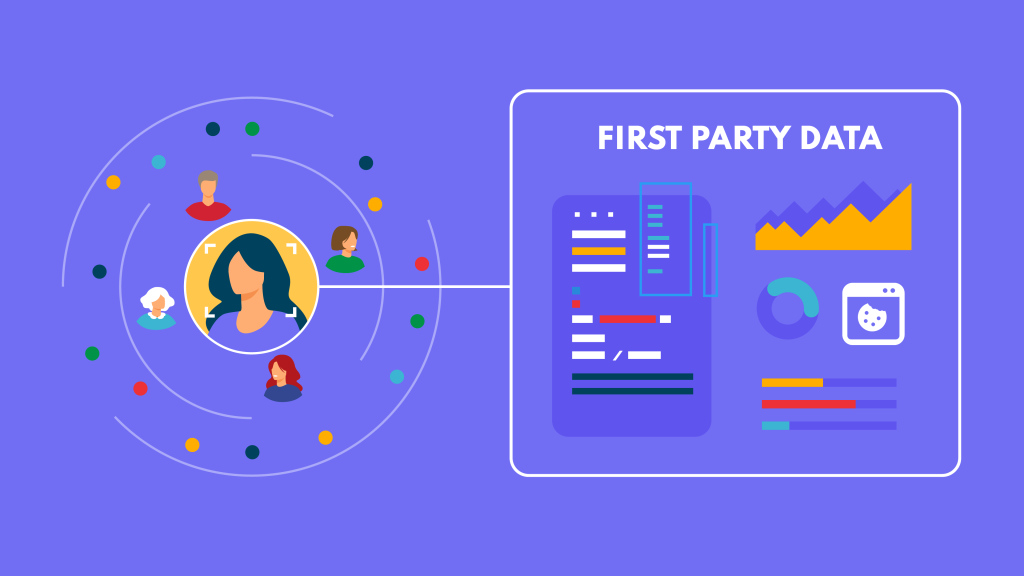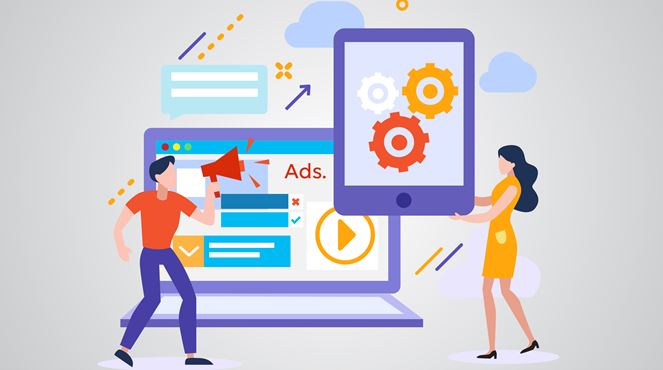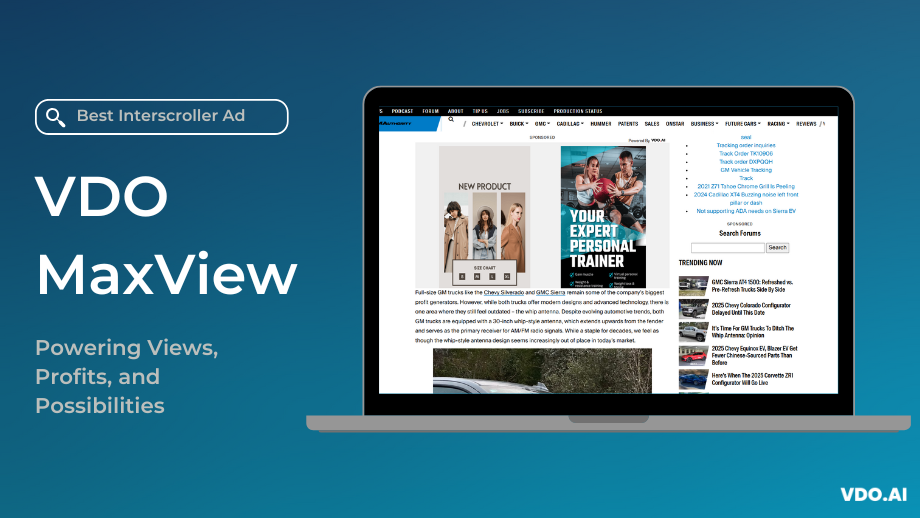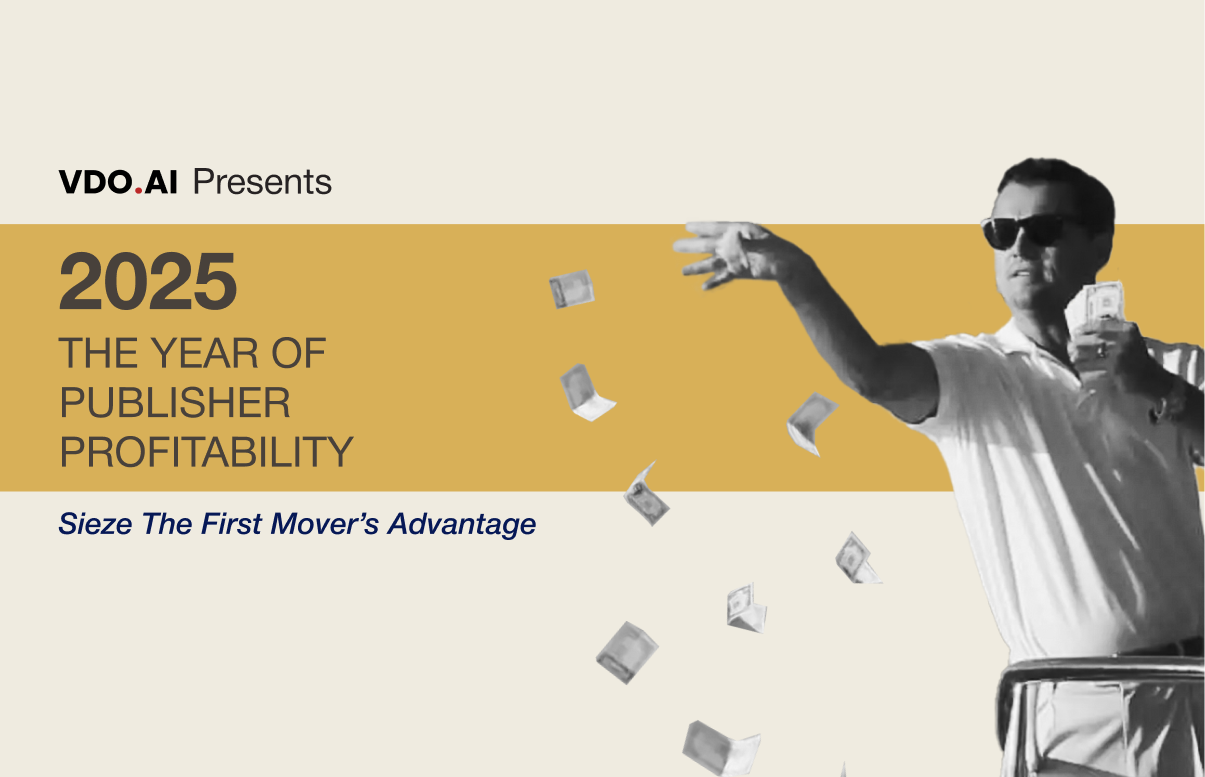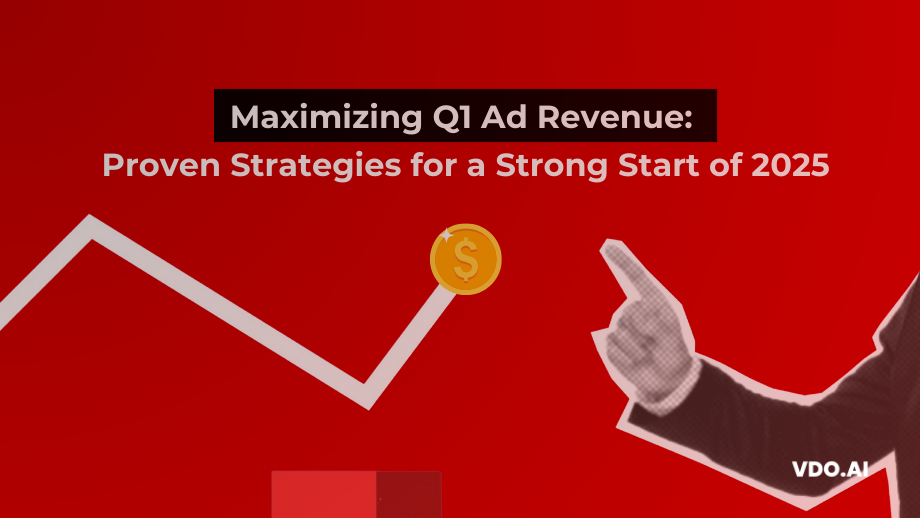AdTech Predictions for 2023: Trends for Publishers to Catch Up
Reading Time: 4 minutesThings are moving fast in the ad tech industry. While 2022 was seemingly a good year for the industry, 2023 looks equally promising. This year the global programmatic advertising spend is expected to reach $557 billion. In 2022, we saw the rise of connected television advertising (CTV) and programmatic digital-out-of-home advertising which appeared to be a positive sign for the industry in 2023.
While Google’s decision to eliminate third-party cookies may seem like a dark cloud for digital marketing, publishers are now more confident in finding solutions around it. However, it is needless to say that there are also certain challenges for the publishers. The only way for publishers to get the most monetization is to pay attention to new trends.
AdTech Challenges and Solutions with New Trends
AdTech is an ever-evolving space. The mounting challenges in that field led programmatic to consolidate in terms of media formats. Primarily, the ad ID deprecation is causing challenges to the publishers in the in-app and web environments. Let’s review some AdTech trends that will be relevant for publishers as they build new strategies.
1. Embracing SPO to Avoid Auction Duplication
Whenever advertisers buy ads programmatically, they take multiple routes packed with ad exchanges. Advertisers often work with more than ten ad exchanges and that often leads to duplicate auctions. As a result, advertisers end up bidding for the same floor space through multiple channels, unknowingly driving up the price.
VDO.AI suggests the easiest way to avoid duplication is that the SSP vendors to select one exclusive channel for DSP vendors to bid for the floor space. The sustainable solution to this issue is Supply Path Optimization (SPO). It is an algorithm that helps in assessing and analyzing the path of purchase. The assessment also includes direct partners, intermediaries, as well as resellers.
2. A Cookieless Approach and Growth of First-party Data
The rapid growth of digital transformation in the advertising industry leads marketers to rely on third-party data or cookies. Google’s decision to eliminate third-party data marked a paradigm shift in the post-Covid era. The rise of privacy-driven restrictions is pushing both advertisers and publishers to rethink their strategies.
In this regard, publishers need to retain users on websites and apps and engage them enough to get consent for the data. On the other hand, the cookieless approach encourages publishers to go for data monetization.
3. Shifting to Contextual Ads
While the change in cookie policies is effective, advertisers are spending most of their budget on contextual advertising in 2023. Publishers are able to serve relevant ads to the users. Contextual ads are beneficial for publishers as the bounce rate gets reduced. Additionally, contextual advertisements bring maximum clicks to the table that generate revenue for the publishers. So, the key to success is understanding the context and then serving the right ad o the right viewer.
4. Understanding the Effectiveness of CTV
CTV is rapidly progressing, and 68% of viewing is coming from streaming platforms. CTV ad spending is set to increase by $18.29 billion in 2024. Among many other Disney+ ad-supported tires that clearly indicates a growth of ad inventory. The rise of CTV offers accurate targeting options based on location, household, and device level. Besides that, the majority of CTV inventory is bought directly- hence for the publishers, it is a great opportunity to make money by providing dynamic and personalized advertisements.
5. Transparency in Brands
While the privacy law is around the corner, the transparency of brands will boost awareness of online users’ privacy rights. The primary aim of the publishers lies in their understanding of brand values and beliefs that resonate with the visitors.
Publishers need to make new marketing efforts that build trust. This in turn will reduce ad fraud, misleading leads, and other malpractices associated with advertising.
6. Leverage In-Video Advertising
One cannot deny the importance of video in the digital advertising industry. Viewers are likely to consume 95% of the information through video. On the other hand, the interactive shoppable video advertisements that have cashed in on the pandemic gave rise to the eCommerce business.
Publishers have ample opportunities to make the most out of video advertisements. Contextual ads are on the rise, in such a scenario high-end video ads will generate revenue for the publishers.
Conclusion
Although no one can be certain what is in the store in the future, 2023 is set to bring significant changes to the marketing landscape. Undoubtedly, the changes in the privacy law posed challenges to the publishers in the ad tech industry. In that case, the aforesaid trends will help the publishers be authentic and relevant to their audiences, which will eventually draw significant ad revenues.
VDO.AI helps publishers monetize their websites. It is a one-stop platform that provides digital publishers with impactful solutions to earn more revenues.
Contact us here to boost your ad revenue.

